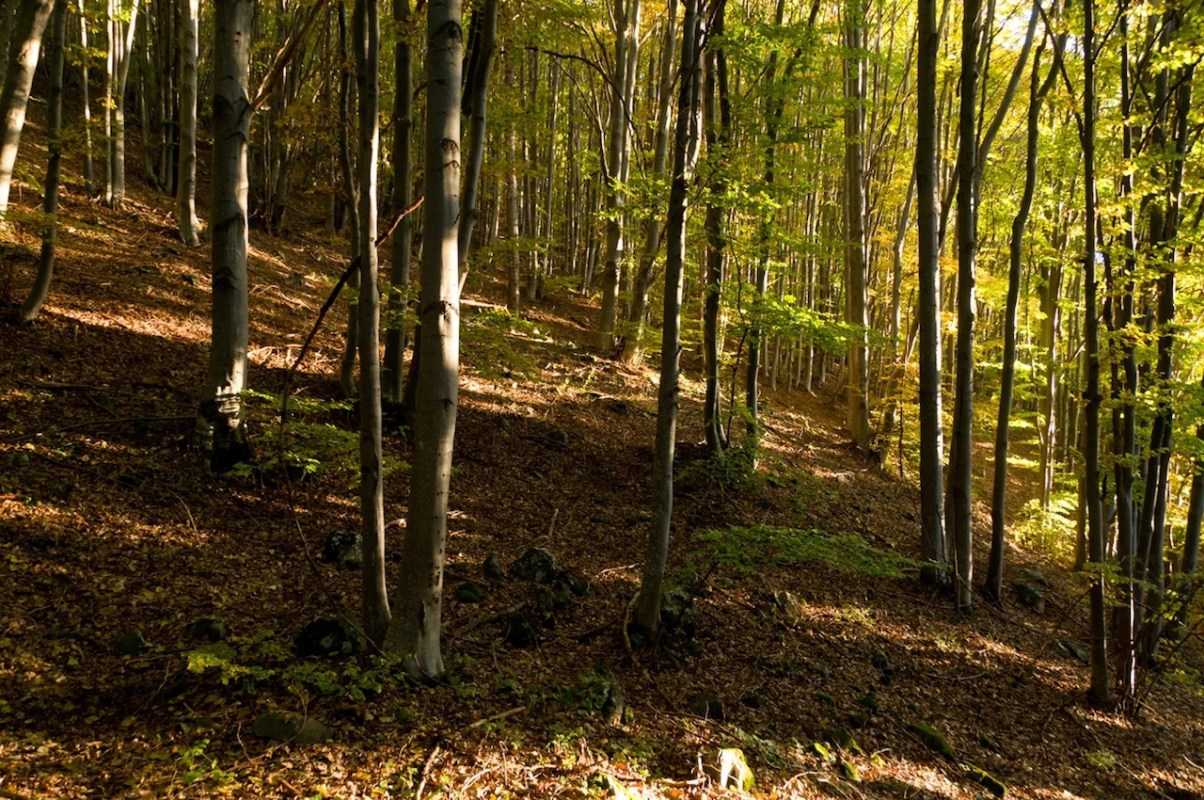An Ohio homeowner was stunned to find a creature in his driveway that had long been thought to have disappeared from the area.
Paul Mechling, a retired veterinarian from Ashtabula County, was quick to identify the animal as a fisher.
A fisher is a member of the weasel family. It is notable for its long tail, which can account for around a third of its total body length. And according to News 5 Cleveland, while this has not been the first recent sighting of the species, it had been unseen in and thought extirpated from Ohio for nearly 200 years until rare reports began about a decade ago.
Unfortunately, the one Mechling found on his drive had been hit by a car. Although it was a tragic discovery in more than one sense, it shows a significant sign of promise for the species.
This particular fisher was pregnant, and although neither adult nor baby survived, it proves the animals are breeding. This is great news for a creature that had been mostly absent from Northeast Ohio for around two centuries.
"I was sort of surprised because they're a very reclusive animal," Mechling told News 5 Cleveland. "You don't see very many of them."
The Ohio Division of Wildlife has since caught several more fishers on cameras since Mechling's find, and News 5 Cleveland reported 40 recorded sightings have been made since 2013.
While increased sightings are promising for the species' survival and biodiversity in the area, there is some concern for local livestock, as the fisher is a carnivorous mammal known to hunt chickens and other larger animals.
"There is also some potential for conflict with livestock," wildlife biologist Katie Dennison said, per News 5 Cleveland. "Fisher tend to want to stay away from areas where people are anyway, so we don't expect that to be a big problem but just making sure your livestock is closed up at night can be a good way to prevent any sort of conflicts with wildlife."
It's not the only example of animals once thought lost to areas of the United States that are making a comeback. Wolves have been reintroduced in Colorado, while wild bison are being returned to tribal lands in Montana.
The reintroduction of predators can help to keep prey numbers low, which is essential to stop animals from overbreeding and destroying grass and plant species. Meanwhile, the bison in Montana are creating nesting environments for birds by treading divots into the earth, among other benefits.
"It's nice to see everything coming back, you know," Mechling said. "The bald eagles have come back, the wild turkeys have come back, just a lot of things have come back, and the fishers are one of them."
Join our free newsletter for cool news and cool tips that make it easy to help yourself while helping the planet.









